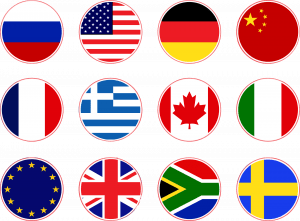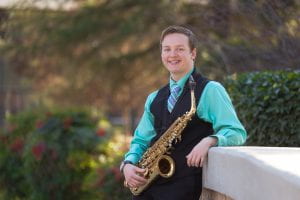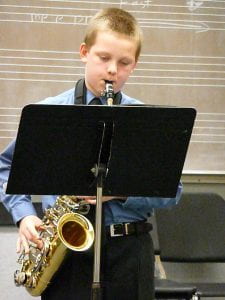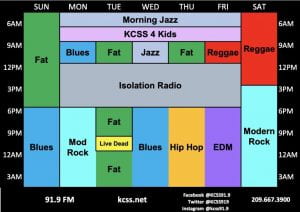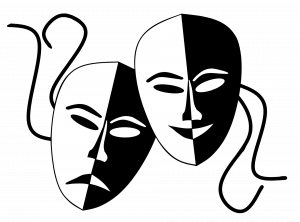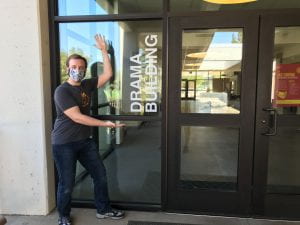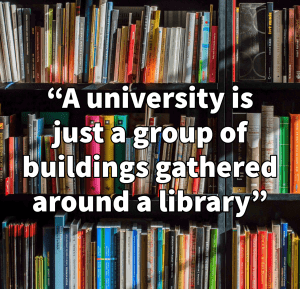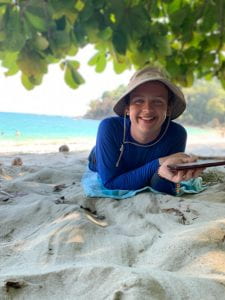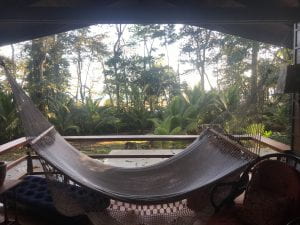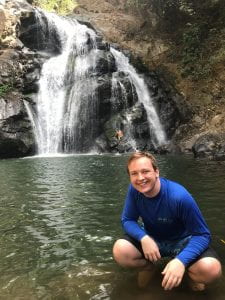Well hey there reader, are you like me? Are you isolated with your nuclear family for going on a full year now? Are you craving the voices and inflections of people that you aren’t biologically related to or dedicated to living in the same long-term space as?
The solution is simple dear reader!
PODCASTS!
Oh my goodness, thank the Lord for podcasts.

I fell in love with the audio medium in my job as a janitor where I would spend many hours alone cleaning toilets and taking out trash. Filling the void with comedians, educators, and people sharing their different perspectives and experiences could make an eight hour shift feel like four.
While originally I used podcasts to fill the void, now I find myself using them to tune out the cacophony. News, anxiety, family, virus, vaccine and more can lead me to doom-scrolling through Twitter until my eyes are bloodshot and it’s 2AM. Listening to podcasts has become a vital part of my routine amidst online learning and surviving social distancing in general.
While I listen to professionally made podcasts regularly, filling my ears with the sounds of people comedically watching the same movie every single year until they die, a man hyper-analyzing facets of the human centered life in a personal and subjective way, and three friends making songs out of responses to their tweets, in the midst of the pandemic sometimes I crave something a little less professional and a little more real.
Podcasts aren’t a little secret anymore, they’re becoming mainstream and the world is catching on to it, including Stanislaus!

KCSS, which I’ve talked about on this blog before, regularly offers their students the equipment and teaching of how to launch the pilot episodes of their very own podcast, resulting in actual real Stanislaus students putting out four or five episodes of talking about their daily lives and the issues that are important to them.
In listening to a handful of them, I’ve heard familiar voices, been able to learn more about what students at Stanislaus find important, and gotten to see my home University from a million different angles.
And that’s the true power of the internet if you ask me. Not just finding heavily edited and long researched texts on how people see and view the world, but literally just clicking a few buttons and being able to listen to people directly talking about their experiences.
Curious about LGBT+ experiences in the Central Valley? Check out the Queer Cast!
Want to hear about the BSU and POC presence in Stanislaus? Check out Black at Stan!
Have you always wanted to see the world but were unsure about what Study Abroad was all about? Check out Warriors Abroad!
I love my professionally made podcasts, I really do. But lately, it’s these casual conversations, these normal non-comedians and non-experts talking about their normal lives that have really been comforting me. I miss going on campus, I miss talking to acquaintances and friends before and after class. These podcasts have been emulating that feeling for me,
And maybe they can give you insights into the multi-faceted world of Stanislaus too.
My advice? Put in some earbuds, get up from the computer, mask up, and go for a walk while you listen to regular folks talking about their regular lives. I like to go looking for birds, but that might just be the old man breaking out from within me 🙂
